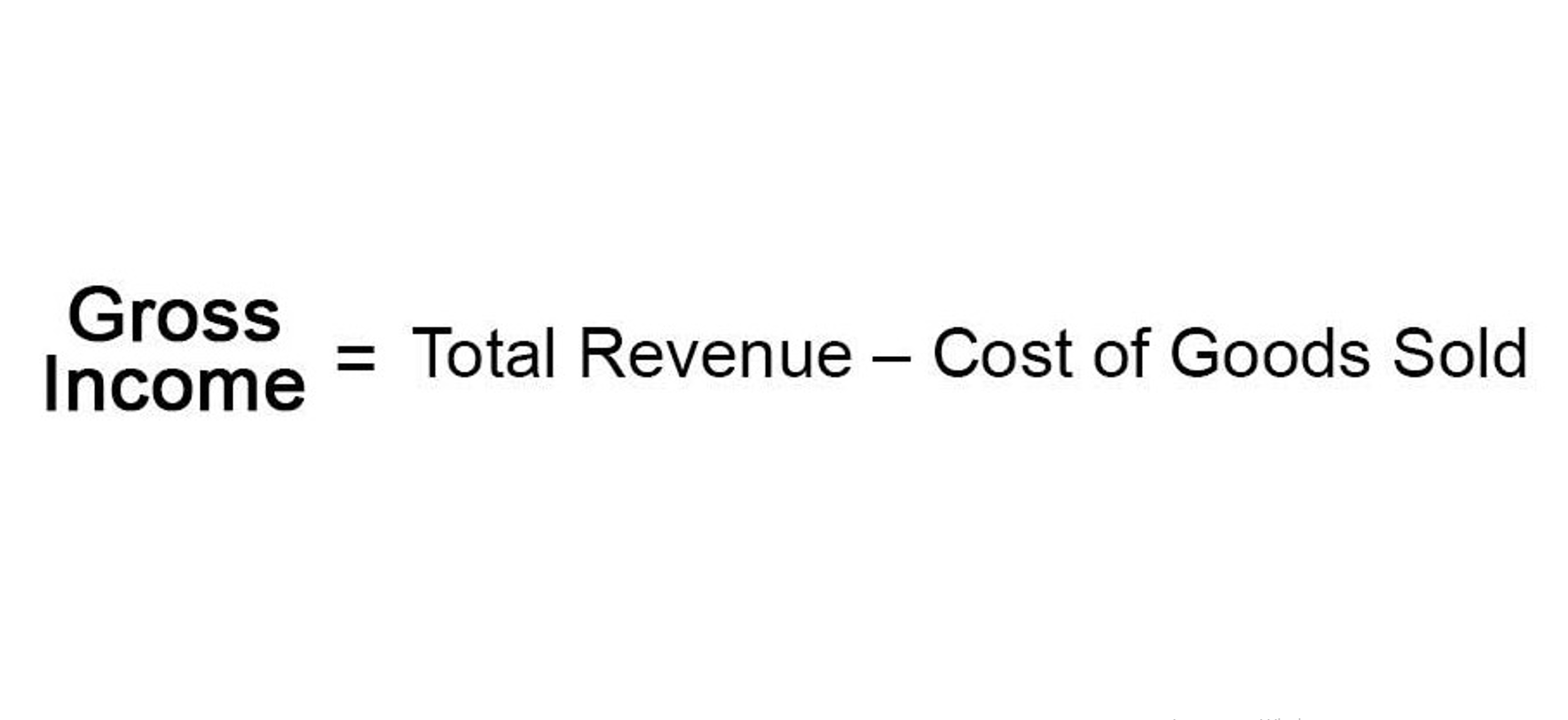
Nicole is now recognized as one of the top Healthcare CPAs in Oregon and is a frequent speaker at healthcare educational conferences and events. This article is meant to be a resource and provide tools to assist your organization. You should consult with a qualified professional advisor about your specific situation before undertaking any action. This category works by counting the number of people working on a project and the expenses each person makes. However, this approach only works for a smaller organization with less employees or workers.
- With the classification and recording of the expenses in this statement, it gets better to understand why it is important for a nonprofit organization to record and report its functional expenses in classifications by functions.
- This content is for general information purposes only, and should not be used as a substitute for consultation with professional advisors.
- Jo-Anne is a certified Sage Intacct Accounting and Implementation Specialist, a certified QuickBooks ProAdvisor, an AICPA Not-for-Profit Certificate II holder, and Standard for Excellence Licensed Consultant.
- The items that cause the changes in Net Assets are reported on the nonprofit’s statement of activities (to be discussed later).
- For many organizations, the statement of functional expenses is more than just an internal tool—it’s a compliance requirement.
- Analyzing each nonprofit financial statement provides unique insights into your organization’s financial situation and allows you to make data-driven decisions about how to manage funding.
What is a statement of functional expenses? An essential nonprofit accounting guide
- Nonprofit organizations are mandated by the Generally Accepted Accounting Principles (GAAP) and Internal Revenue Service (IRS) regulations to prepare and present a statement of functional expenses.
- In some cases, the cost spent for fundraising has to be counted under the program account.
- However, nonprofit-friendly accounting software can help you make creating your Statement of Functional Expenses fairly easy.
- For example, a fraternal organization may choose to break out its program service activities between categories such as chapter services, conferences and conventions, housing programs, etc.
- It also contains non-profit net assets, which display the organization’s total worth, equivalent to the business’s equity.
- But non-profits need to classify their expenses according to both nature and function.
Inconsistencies in allocation methods should be identified, and a line-by-line analysis of accounts may be needed. Certain areas such as information technology should be analyzed for direct supervision or direct conduct of program activities. Where possible costs should be identified as a direct impact or relation to a function but not all costs can easily be assigned to one program or one function. These costs are costs of conducting joint activities that are not identifiable with a particular component of the activity.
- This category helps a nonprofit organization to understand how much work each employee gets done within the working hours they are being paid for.
- An accountant has the expertise to compile your statement of functional expenses, analyze the data it contains, and determine next steps that will allow your organization to manage its finances more effectively.
- Another hurdle is the evolving regulatory requirements and accounting standards.
- In our last post we listed “fundraising expenses” as a term that can be confused with overhead.
- Thus, both businesses and nonprofits have to release their financial statements.
- As we’ve observed, donors are interested in what you spend on programs vs. what you spend on things that are NOT programs (support services).
Fundraising vs. Overhead
Changes in the accounting for net assets currently classified as permanently restricted reflect laws permitting appropriation by the NFP. At that time, the appropriated amount is reclassified from net assets with donor restrictions to net assets without donor restrictions. NYPMIFA is similar to the nationwide model, the Uniform Prudent Management of Institutional Funds Act; a fuller discussion of both is beyond the scope of this article. Internal and external reporting needs to have the methodology and rational allocation bases for all costs incurred by the organization. Like a business issues Business Statement, a nonprofit has to issue statement of functional expenses an Activity Statement.
Do You Struggle to Make Sense of Your Financial Statements?
Program expenses (or program services expenses) are the amounts directly incurred by the nonprofit in carrying out its programs. For instance, if a nonprofit has three main programs, then each of the three programs will be listed along with each program’s expenses. The following table compares the main financial statements of a nonprofit organization with those of a for-profit corporation. A second issue is whether a donor’s contribution to a nonprofit organization will qualify as a charitable deduction on the donor’s income tax return. For example, churches, schools, and Red Cross chapters are some of the nonprofits that will qualify as tax-exempt and their donors’ contributions will also qualify as charitable deductions on the donors’ income tax returns.

Joint Costs
Training staff on the importance and methods of functional expense reporting is another best practice. Educated employees are more likely to accurately categorize expenses, ensuring the integrity of financial reports. Continuous education and updates on regulatory changes also help maintain compliance and accuracy. Administrative costs are essential components of an organization’s overall expense structure. These costs include expenses related to the general management and administration of the ledger account organization, such as salaries for administrative staff, office supplies, and utilities. Properly categorizing administrative costs is crucial for accurate financial reporting and maintaining transparency.
- Be sure you know the difference and understand the context in which they are used.
- A common misconception in the business world is that accounting and bookkeeping are interchangeable terms.
- Sage makes no representations or warranties of any kind, express or implied, about the completeness or accuracy of this article and related content.
- Direct allocation would be identifying specific expenditures and classifying them to the appropriate function.
- If a negative result is anticipated, management should implement actions such as capital campaigns, key donor requests, or expense by department analysis to reduce costs.
Administrative Costs

Activities that represent direct conduct or direct supervision of program or other supporting activities require allocation from management and general activities. Organizations should have an understanding of their methodology for allocating expenses and a process in place for the underlying calculations for those allocations. If a specific methodology is not in place and underlying calculations to support allocations are not maintained, implementation of these processes should be considered.

Outsourced accounting vs bookkeeping: What’s the difference?
If you are a recipient of Federal funds, it’s nice to know you can rely on your same work for this purpose as well. The chart of accounts (COA) of the organization should efficiently facilitate functional expense allocation. The chart of accounts acts as the framework for classifying all transactions that occur within the organization. For additional guidance on accurately reporting your functional expenses, reach out to your local Blue & Co. advisor https://www.bookstime.com/ today. The methodology used for allocating expenses across functions should be disclosed in the notes to your financial statements.
Allocation Methods:
To achieve accurate functional expense reporting, organizations should establish well-defined criteria for classifying expenses. Consistent documentation and detailed records help in correctly attributing costs to either program services or administrative functions. Proper classification of expenses between program and administrative costs also aids in strategic planning and resource allocation. By understanding where the funds are going, organizations can make informed decisions to optimize their impact. This distinction is also important for compliance with regulatory requirements and financial reporting standards. Functional expense reporting also includes fundraising expenses, which are costs incurred to raise additional funds.

0 Comments